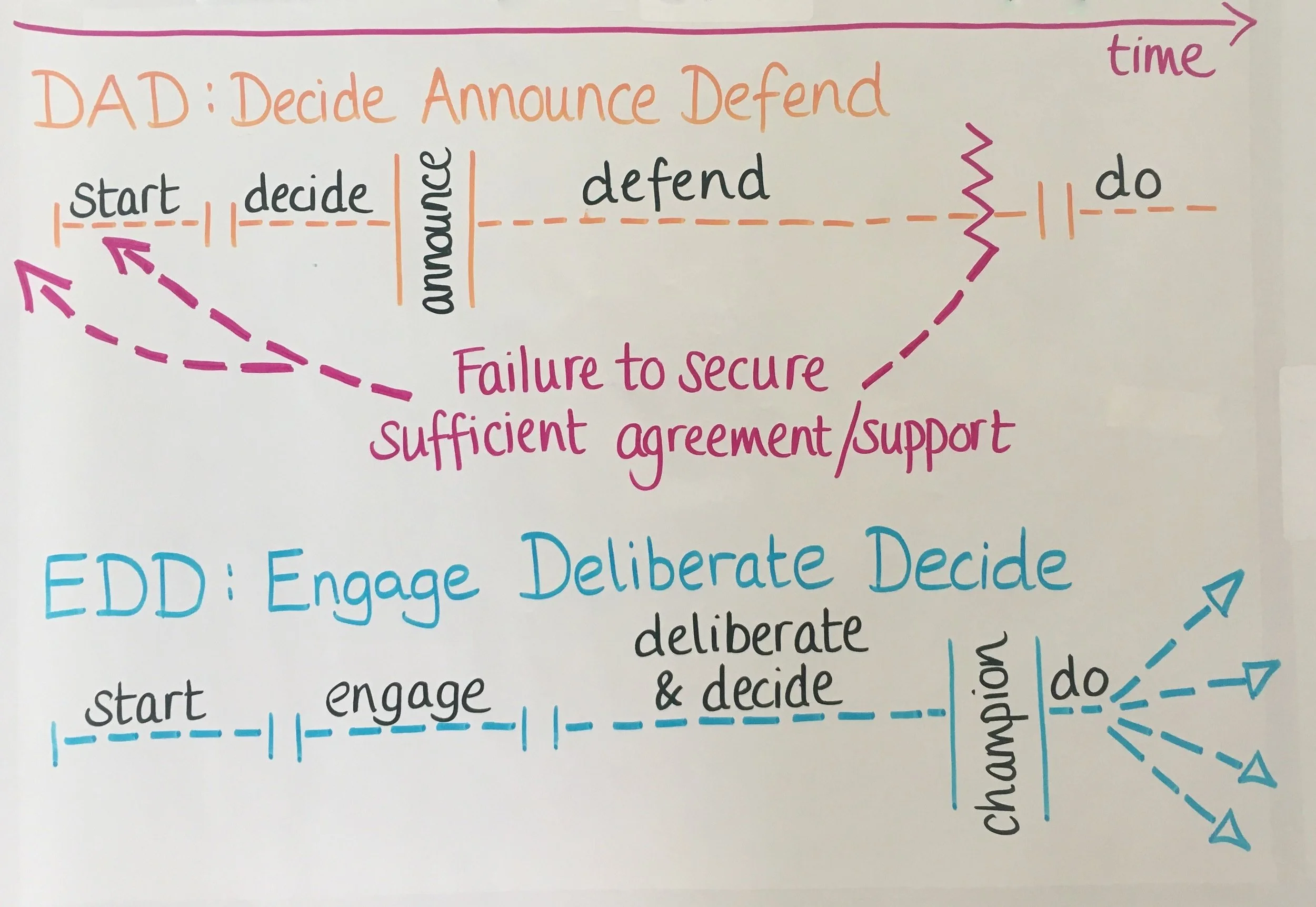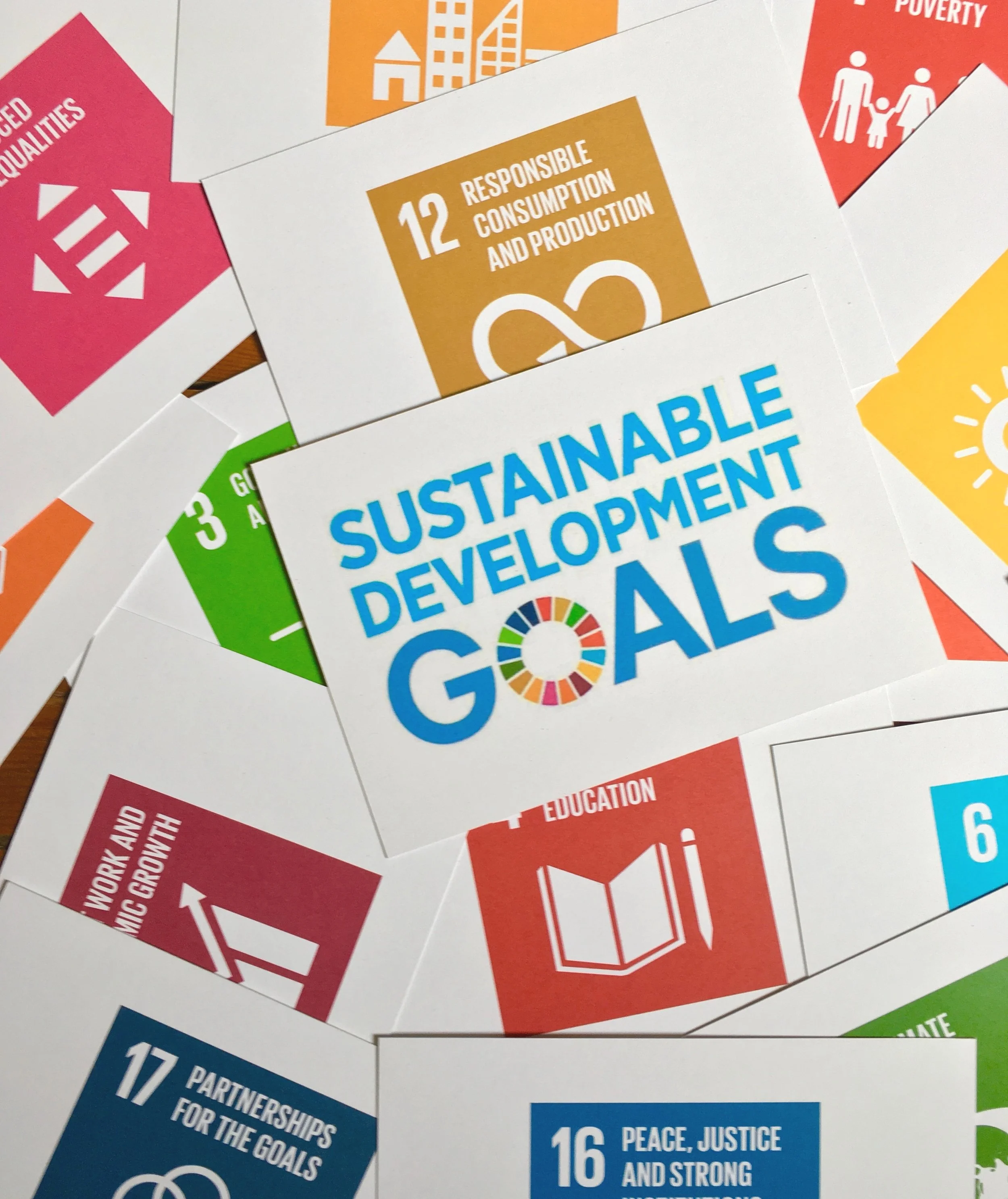Organisational culture. Where to begin? Like behaviour change and values, it's one of those phenomena of human experience that promises to unlock sustainability if you can only work out how to harness it, but tantalises by just not being reducible to simple rules or mechanistic predictions.
The canny editorial team over at The Environmentalist invited me to write a two-part feature to introduce IEMA members to this scotch mist, and I love a challenge like that. Even though I know the result will be partial and full of holes, I'd love to help people begin to navigate this treacherous territory with a few useful landmarks.
So I had a go, and part one is available here and part two here.
Essential sources
The research and planning process for the article was fun too, once I'd decided to focus right down on something manageable. (After all, this was for a 1,400 word feature, not a thesis.)
I chose to re-read Edgar Schein's classic Organizational Culture and Leadership. The resulting mind map of notes is two A4 sheets of close tiny handwriting. I also finally got round to properly reading William Bridges' Character of Organisations, which I was introduced to by Lindsey Colbourne (I still have your copy Lindsey!) when she was helping Sciencewise think about designing approaches to public dialogue which match the organisational cultures found in Whitehall Departments and government agencies. Her insightful background research report on the "Departmental Dialogue Index" is here and the summary paper containing the diagnostic tool is here.
Schein's book is wonderful for its stories. I enjoyed being alongside him as a reader, as he gradually realises how little he understands the organisations he is exploring. He opens himself up to not knowing, thereby allowing himself to hear the new (more accurate) interpretations of the behaviours and artefacts. There's something of the anthropologist about him, understanding organisations by being present in them as a participant observer.
Bridges' approach starts from a framework more commonly used to understand the individual - the MBTI's contrasting pairs of judging / perceiving; sensing / intuition; extraversion / introversion; thinking / feeling. He takes this and looks at how it might manifest in organisations.
This is arguably a less intellectually rigorous approach than Schein's. I definitely find myself drawn to the open-endedness and ambiguity of the anthropologist. But there is also something attractively pragmatic in Bridges' work. And the book contains a questionnaire that readers can use to assess an organisation - good for people (and organisations) which like applied theory.
Sharing TUI Travel's journey
Many thanks to Rosie Bristow and Sarah Holloway who took the time to talk to me about how understanding organisational culture within TUI Travel helped them to tailor their sustainability work to be more effective. As well as reading about this in my article, you can see the enthusiastic buy-in they've generated here.





